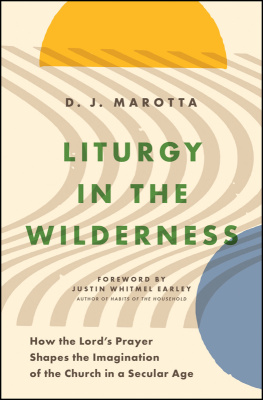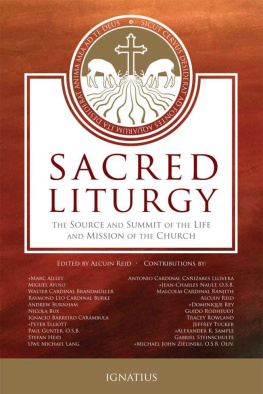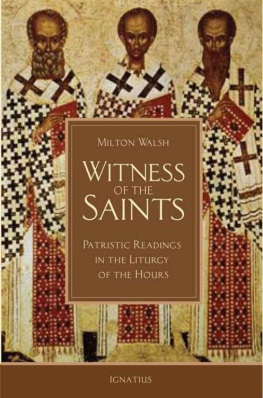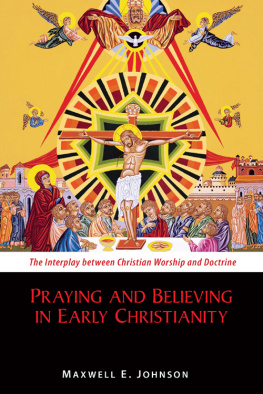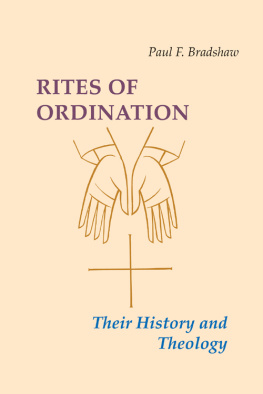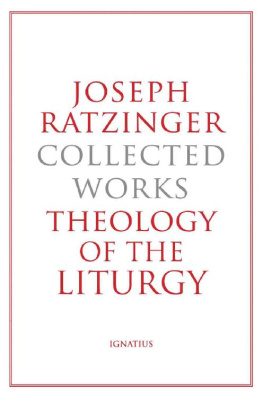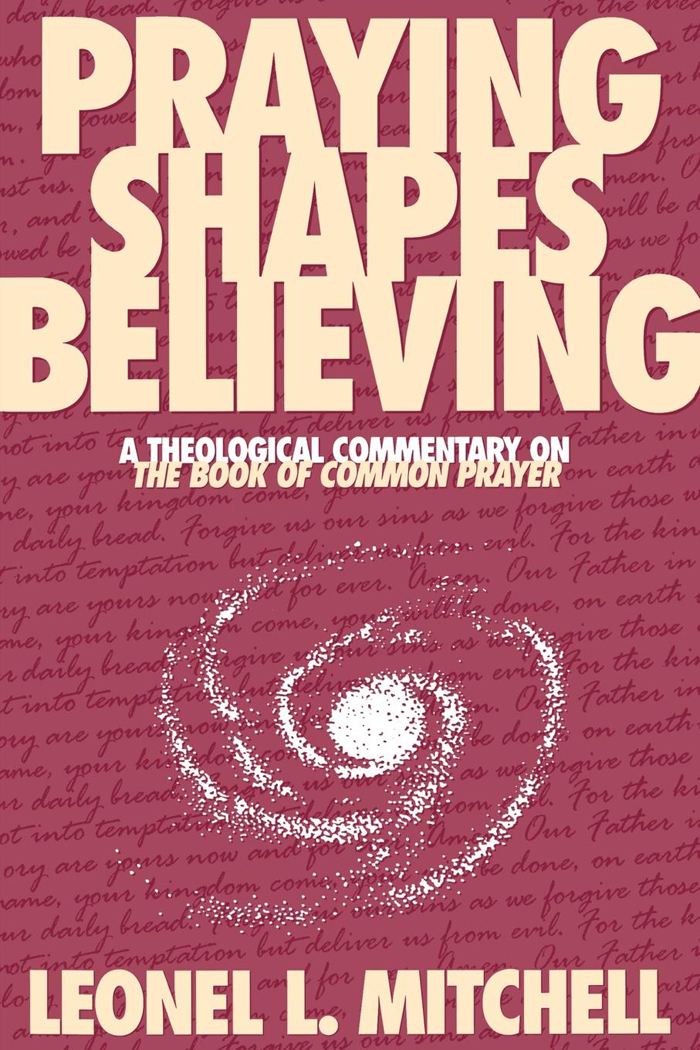PRAYING SHAPES
BELIEVING
PRAYING SHAPES
BELIEVING
A Theological Commentary
onThe Book of Common Prayer
Leonel L. Mitchell

Citations of Scripture (except for the Psalms) are to the Revised Standard Version of the Bible, Second Edition 1971, by the Division of Christian Education of the National Council of Churches of Christ in the U.S.A., in conformance to the text in The New Oxford Annotated Bible with the Apocrypha. Used by permission.
Citations of Psalms are to the Psalter of The Book of Common Prayer (1979) of the Episcopal Church, USA.
Copyright 1985 by Leonel L. Mitchell
All rights reserved. No part of this book may be reproduced or transmitted in any form or by any means, electronic or mechanical, including photocopying, recording, or by any information storage and retrieval system, without written permission from the publisher.
Morehouse Publishing, 4775 Linglestown Road, Harrisburg, PA 17112
Morehouse Publishing, 445 Fifth Avenue, New York, NY 10016
Morehouse Publishing is an imprint of Church Publishing Incorporated.
Library of Congress Cataloging-in-Publication Data
Mitchell, Leonard L. (Leonard Lake), 1930
Praying shapes believing: a theologoical commentary on the Book of Commom Prayer / Leonard L. Mitchell.
p. cm.
Reprint. Originally published : Minneapolis: Winston Press, 1985.
Includes bibliographical references and index.
ISBN: 0-8192-1553-8
1. Episcopal Church. Book of Common Prayer (1979). 2. Episcopal ChurchLiturgy. 3. Anglican CommunionLiturgy. I. Episcopal Church. Book of Common Prayer (1979)
II. Title
264.03dc20
To the memory of
my father, Leonel Edgar William Mitchell,
who taught me to love and celebrate the liturgy,
and Edward Rochie Hardy, Jr.,
who taught me to study it
Contents
Acknowledgments
Many of the themes contained in this book were worked out in lectures and conferences over the past several years. In particular an earlier and briefer form of many of the thoughts which I was developing for this work appear in The Way We Pray, published in 1984 by Forward Movement Publications, 412 Sycamore Street, Cincinnati, Ohio 45202-4195.
I am grateful to Seabury-Western for the sabbatical time to complete this work and to my colleagues there who offered encouragement and support at various stages of the project, and also to Howard E. Galley, whose intimate knowledge of the production of the 1979 Book of Common Prayer saved me from a number of errors in the interpretation of the material.
It also seems appropriate to acknowledge my gratitude to the Kaypro Corporation, manufacturers of the computer without which I never would have been able to complete the manuscript.
Introduction: The Religion of the Prayer Book
Probably more than any other contemporary religious group, Episcopalians are people of a prayer book. Not only do we use the Book of Common Prayer for the conduct of our public services; it is the guide for our private prayer and the source of most of our theology. The recent revision of the Prayer Book was more for us Episcopalians than simply the alteration of a service book. It called for a readjustment of the language of our relationship with God, and therefore affected that relationship itself. Traditionally this dependence of theology upon worship has been expressed in the Latin maxim lex orandi lex credendi, or more accurately legem credendi lex statuat supplicandi, which means that the way we pray determines the way we believe. Anthropologists say, Creed follows cult. Worship, religious activity in all of its aspectswhat we do and how we do it, as well as what we say and how we say itunderlies religious belief.
Although these principles are equally true for all religions in the broadest possible sense, most religions (certainly most Christian churches) do not equate their worship with a liturgical book, nor do they see their identity bound up in their service book. The Orthodox Churches, for example, clearly see the liturgy as an experience in which they participate, rather than as a book. In this they are certainly correct. Episcopalians really believe this too, but we tend to express our beliefs in terms of the Prayer Book. Ceremonial changes, for example, which were mentioned in neither the 1928 nor the 1979 Prayer Book, were frequently cited by churchgoers as objections to the revised Prayer Book. Clearly it was the total experience of the liturgy, not simply the text of the Prayer Book, to which they were reacting.
In a real sense, then, we Episcopalians are liturgical theologians. We read our theology out of the Book of Common Prayer and the manner in which we celebrate its services. Formally, the theology of the liturgy is called primary theology, or theologia prima. However, it is necessary for every Christian to offer prayer and praise to the Father and Creator of all through Jesus Christ in the fellowship of the Holy Spirit, for such is at the heart of our faith.
Recently, in responding to an address by Geoffrey Wainwright, I commented:
My view of the task before liturgical theologians is to reflect upon the worship of the church in the light of the dictum of Prosper of Aquitaine Legem credendi lex statuat supplicandi, considering the lex supplicandi or lex orandi which establishes our rule of belief as not simply the text
I further contended that we need to begin by reflecting on a specific liturgical tradition. In my case, that tradition is that of the Book of Common Prayer 1979. It is to this task that the present effort is addressed. What I plan to do in these pages is not so much to examine every item in the Prayer Book as to discuss the theology of the Book of Common Prayer as a theology which is faithful to the tradition of both the Catholic Church and the Anglican Communion, and as a theology which we can believe and teach to people today.6 God does not change, and the Gospel which we preach does not change. It is the same Gospel which Peter and Paul proclaimed. But we change and the world changes, and we approach God with new problems and new questions. The language of theology must be able to hear and respond to these new experiences without changing its age-old witness to the Eternal and Unchanging God.
Chapter One: The Service of the Church
The Church is first and foremost a worshiping community. It is the synaxis, the gathering together of the people of God for corporate worship, which is the heart and soul of the Churchs life. We say this in a great many ways. Massey Shepherd, writing in the original Churchs Teaching Series in 1952, quoted the acts of the 4th-century martyrs:
As if a Christian could exist without the Eucharist, or the Eucharist be celebrated without a Christian! Dont you know that a Christian is constituted by the Eucharist and the Eucharist by a Christian?
Associated Parishes, an organization of the Episcopal Church dedicated to liturgical and parochial renewal, said it this way:
Jesus Christ is the Lord of all creation and is the Head of the human race. Through Him, in the unity of the Holy Spirit, the Christian Church is called to worship God the Father, to await His kingdom, and to serve in His world.... The Holy Eucharist is the characteristic and representative action of the Church in the fulfillment of this vocation.... From the altar, Gods redeeming and renewing power reaches out into every phase of life; to the altar every aspect of our existence is to be gathered up and offered to God through Christ in the fellowship of His Holy Spirit.


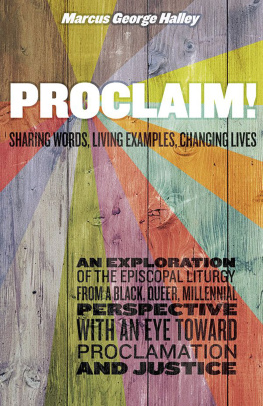
![The Standing Commission on Liturgy and Music - Daily Prayer for All Seasons [English Edition]](/uploads/posts/book/411072/thumbs/the-standing-commission-on-liturgy-and-music.jpg)
